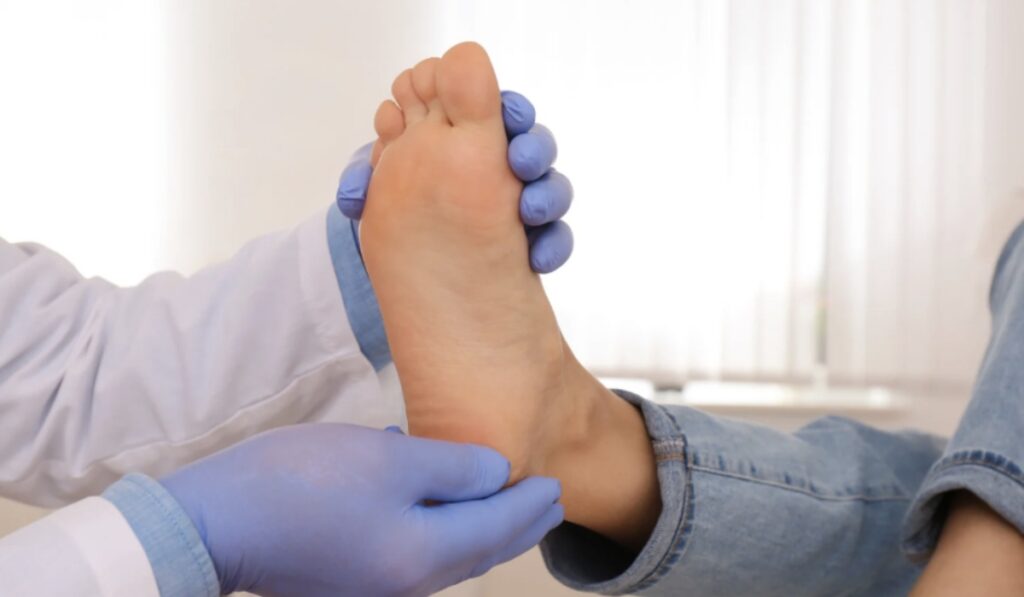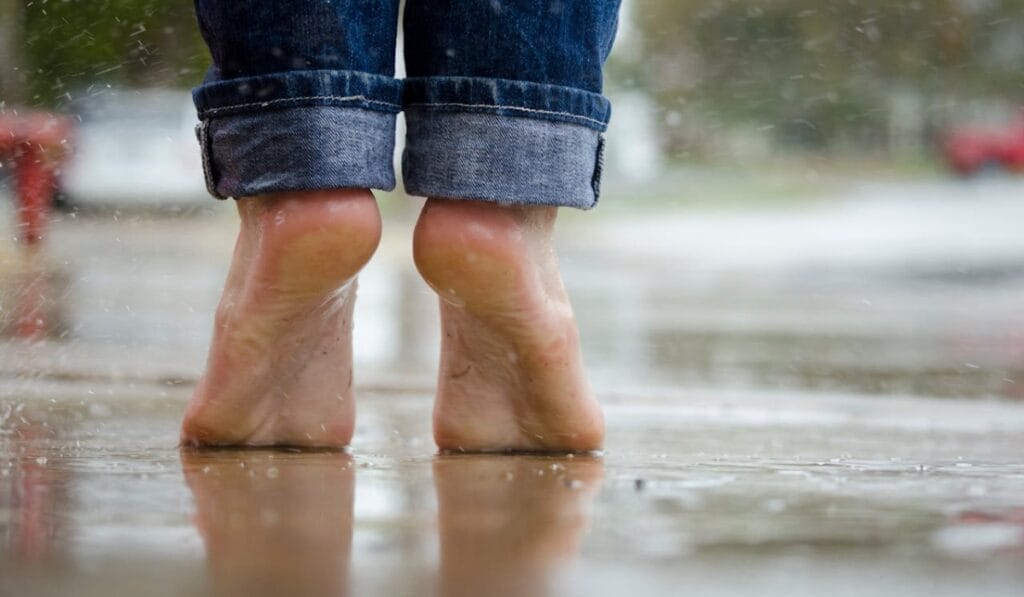Most of us don’t give much thought to our feet until they start hurting. But did you know that the shape of your foot’s arch can have a ripple effect across your entire body?
At The Health Suite Leicester, we regularly assess patients with persistent pain in their feet, knees, hips or lower back, only to discover that the root cause lies in something deceptively simple – their arch shape. The structure of your foot plays a pivotal role in how your body absorbs impact, maintains balance, and supports posture.
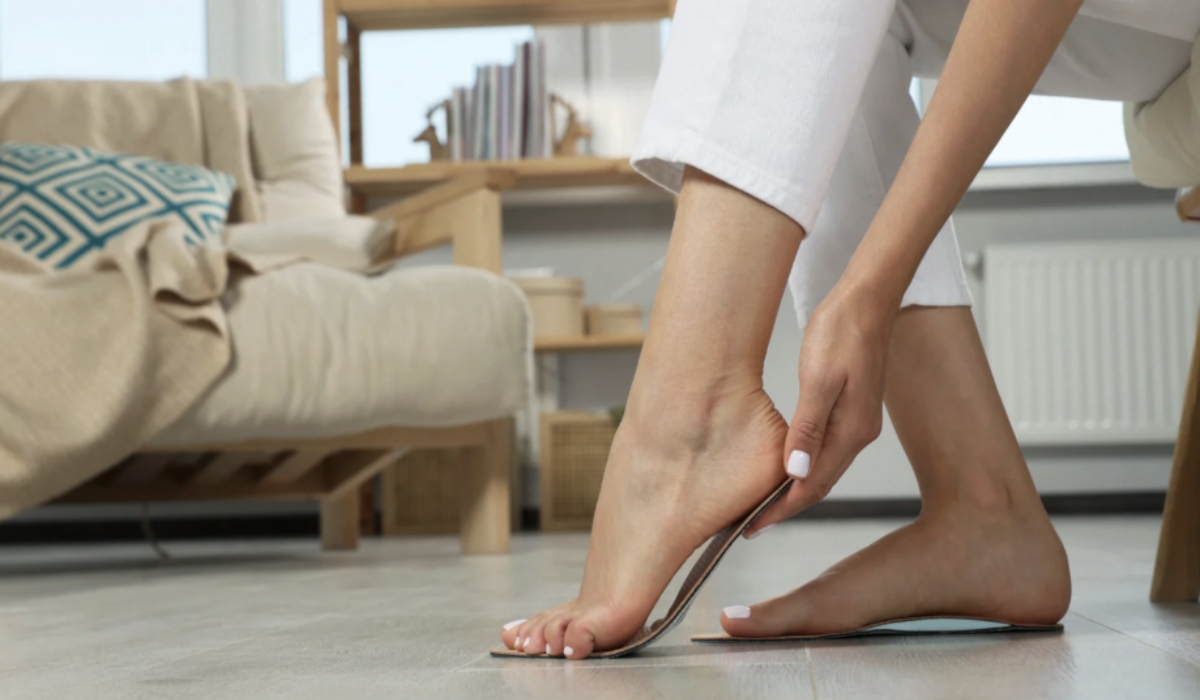
Why Foot Shape Matters More Than You Think
The arch of your foot is between your heel and the ball of your foot and it’s designed to do a number of things. This includes supporting the weight of your body, absorbing shock, and allowing you to move in general. Your body has to work harder to stay in alignment when the arch is too low/high, and this misalignment over time leads to a chain reaction that causes pain in your ankles, knees, hips, and even your lower back.
During the heel strike phase of walking, your arch should flatten slightly to absorb the impact. As you move through to push off, it should spring back to provide propulsion for your next step.
When we examine patients at our Leicester clinic, we often find that what appears to be a knee problem or persistent back pain stems from how their feet interact with the ground beneath them.
What Are Flat Feet?
Flat feet are also referred to as fallen arches, and they occur when the arch of the foot collapses, with the entire surface of the bottom of your feet coming into full contact with the ground. This condition can be present from childhood or develop later in life due to factors like injury, obesity, pregnancy or ageing.
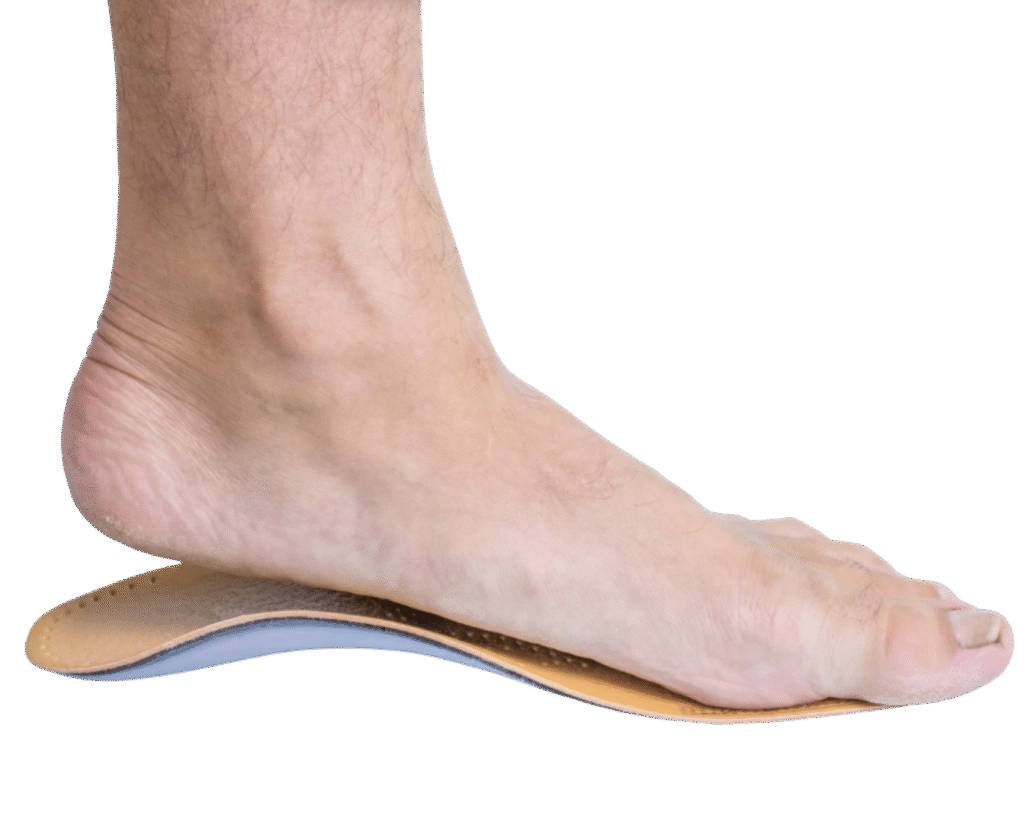
Why it matters:
Due to their shape, flat feet reduce the natural shock absorption of your stride, which can lead to something we call overpronation. And this is when the foot rolls inwards too much).
The consequences of overpronation extend far beyond the feet themselves. We regularly see patients who develop plantar fasciitis, that notorious heel pain that strikes first thing in the morning.
Shin splints, knee pain, and even hip discomfort can all trace their origins back to the altered mechanics caused by flat feet.
Living with flat feet can present unique challenges that extend beyond simple discomfort. Here in our Leicester clinic, many patients describe their symptoms as follows:
Aesthetic concerns from feet that appear completely flat when standing and have little to no arch that’s visible. You might also notice that your footprints show almost the entire sole of your foot, rather than the curved indentation that characterises normal arches.
Physical symptoms which occur gradually include pain that’s persistent in the arches, heels, or ankles, especially that worsens with activity. You might have tired or aching feet, especially after periods of standing or walking, even for short distances/durations. The pain is often deep and can be difficult to pinpoint exactly.
There are also secondary effects that become clearer when you check your footwear because your shoes will likely show patterns of uneven wear, usually with excessive wear on the inner edges.
You might find that certain types of shoes become uncomfortable quickly, or that you go through shoes more rapidly than others.
What Are High Arches?
On the other hand, there are high arches, where the arch is overly raised and doesn’t flatten enough when walking. This foot type is often inherited and may be associated with neurological conditions, though many people have high arches without any underlying issue.
Why it matters:
Having arches that are too high can lead to something we call supination (or underpronation) which is when the foot doesn’t roll inward enough; it limits shock absorption and may increase the risk of stress fractures, ankle instability, and joint pain.
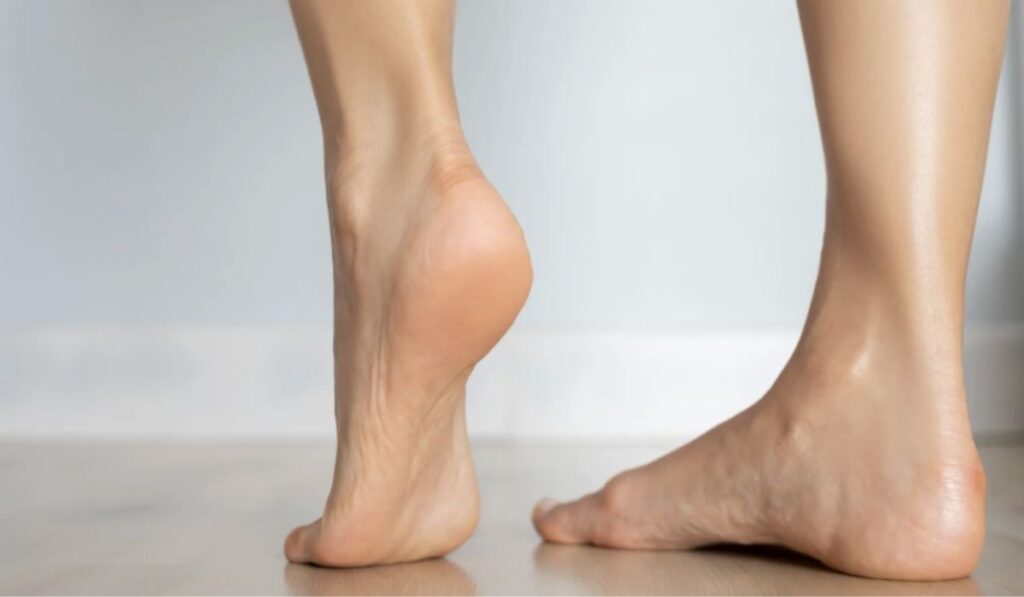
Living with High Arches
The high arch experience differs significantly from flat feet, but can be equally challenging in its own unique ways:
Characteristics include an arch that is visibly very raised and creates a pronounced curve. When standing, there’s a big gap between the arch and the ground.
Symptoms include foot pain under the ball of the foot or in the heel. This pain feels sharp or feels like it’s burning, quite different from the aching sensation described by those with flat feet.
High foot arches can cause issues with balance and stability, which can eventually cause sprains due to reduced contact with the ground. A lot of our patients describe feeling “wobbly” or unstable.
Footwear difficulties are almost universal among our high-arched patients. Finding comfortable shoes becomes an ongoing challenge, as standard footwear is designed for average arch heights. Pressure points develop quickly, leading to calluses, corns, and general discomfort.
The limited shock absorption from having high arches increases the risk of stress fractures, particularly in the metatarsal bones (the group of bones leading to your toes). The concentrated pressure points can also lead to the development of painful calluses and corns, while the instability contributes to a higher incidence of ankle sprains and chronic ankle instability.
How We Help at The Health Suite Leicester
At The Health Suite Leicester, we use diagnostic tools like gait analysis, mapping of foot pressure, and biomechanical assessments to identify how your arches may be influencing your movement. From there, we create a treatment plan that’s ideal for your individual foot shape and lifestyle.
And one size does not fit all when it comes to foot problems, what works for one patient with flat feet might be completely inappropriate for another – even if their arch structure appears similar. Our approach considers your unique anatomy, lifestyle demands, activity goals, and personal preferences.
Book a Foot Health Assessment Today
Feet shouldn’t hurt. If yours do, or if you suspect your arches might be affecting your posture, performance or comfort, get in touch with our team today.
You may be struggling with pain or simply curious about your foot type, but in either case, it’s worth having your feet professionally assessed at The Health Suite.
Book your consultation at The Health Suite Leicester today.
